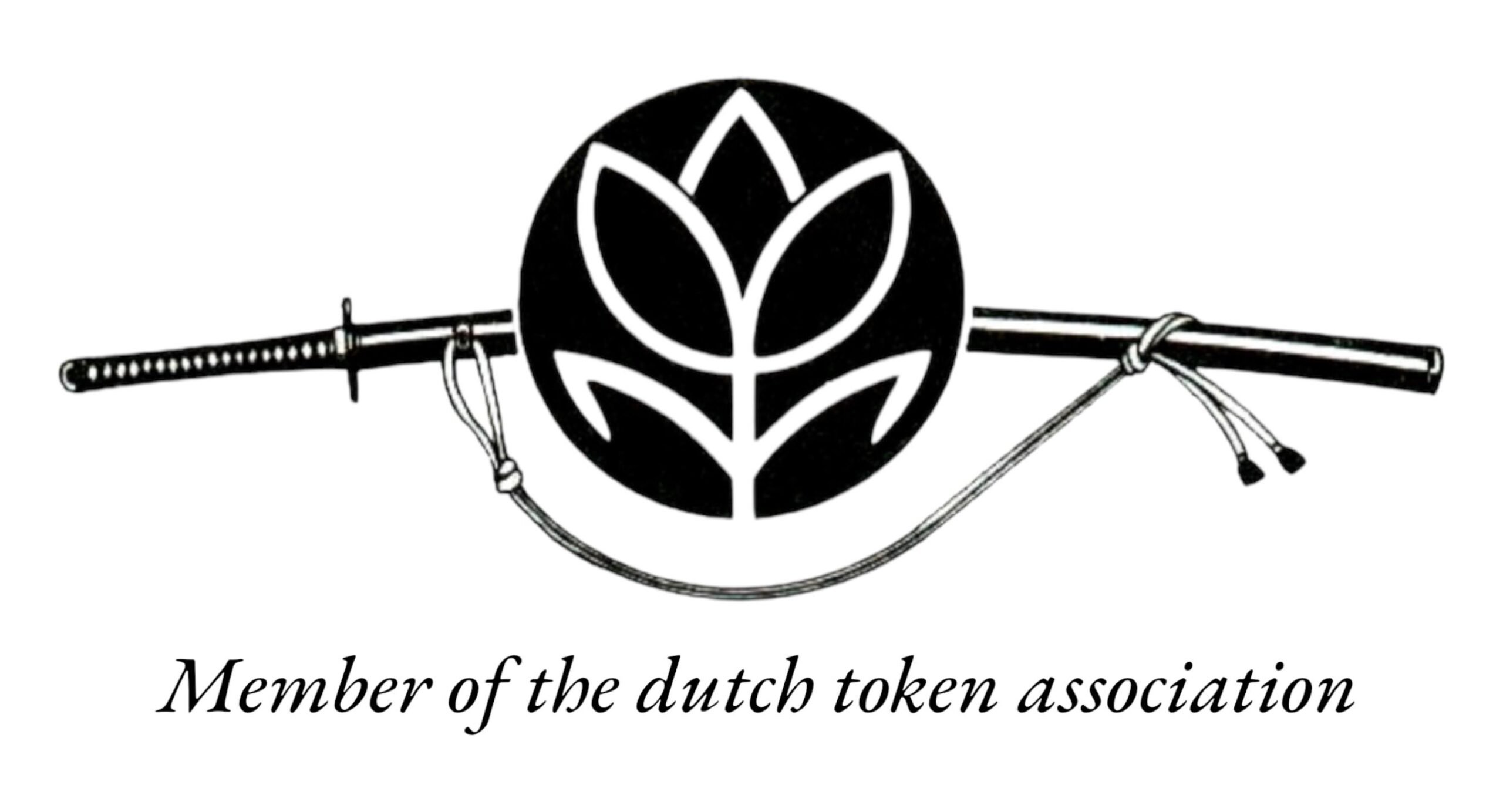The Age of Peace Begins
After centuries of war, Japan entered a profound and lasting peace. In 1603, Tokugawa Ieyasu took power and became shogun, unifying the fractious land under a single rule. With Edo as its political center, the Tokugawa shogunate marked the beginning of a new era: the Edo Period. This period endured for over 250 years, notable for the absence of major wars and the enforcement of strict order. Power was centralized; the daimyo were kept in check, and travel and trade were carefully regulated. Order became the law of the land.
This peace was not aimless. The warrior class—once defined by conflict—was faced with a novel challenge. With the blade sheathed and battlefields quiet, samurai were summoned to a different discipline: one of duty, study, and conscious restraint. The nation entered a time of rest, and the samurai, a class in transformation, stood at the heart of this tranquil revolution. The age of peace had truly begun.
A Warrior Without War
With stability came an uncertain new path for the samurai. The era of constant battle was over, leaving the warrior without his primary purpose. Swords, once essential tools of survival, now became distinguished symbols. Trained for war, samurai faced a world that demanded poise over prowess and order over combat.
Many turned inward, channeling their focus into calligraphy, poetry, or the tea ceremony—arts refined with the same discipline once reserved for combat. Others adapted by serving as administrators, teachers, and community leaders, shaping society with order and discipline. Yet, not all could adapt easily; for many, identity and fulfillment were tethered to the thrill of battle, and peace left their value in question.
The samurai did not vanish; instead, they transformed. Bushidō, their code, persisted—not in the roar of battle, but in the calm of purpose. The warrior spirit endured in silent practice, in excellence beyond the battlefield, and in character forged quietly within.
The Code Refined: Bushidō in Peace
As Japan embraced peace, the samurai confronted a new reality: their code, bushidō, was no longer a matter of survival, but a guide for living with integrity. During the Edo period, Bushidō adapted, emphasizing loyalty to a lord, responsibility to society, and unwavering self-discipline.
Honor persisted—not through acts of war, but through everyday choices, personal conduct, and restraint. Discipline was expressed in the routines of civic life, scholarly pursuits, and the arts. The sword remained, now an emblem of inner strength and the power to choose peace over violence. Samurai became exemplars within their communities, shaping lives through education, example, and sound leadership.
Thus, Bushidō in peace became a refined mirror—reflecting not only outward obedience, but inner integrity and intention. What was once forged in fire was now honed in the quiet discipline of daily life.
From Swords to Scrolls: The Rise of the Scholar-Samurai
With the threat of war diminished, the samurai recalibrated their strengths. The Edo period witnessed swords exchanged, figuratively and sometimes literally, for scrolls. Study became as revered as martial prowess. Once trained for battle, many samurai immersed themselves in Confucian texts, Buddhist teachings, and the meticulous practice of calligraphy. Poetry, especially haiku, became an outlet for refined expression, discipline, and introspection.
This intellectual and artistic cultivation was not mere pastime. The shogunate’s bureaucracy required educated administrators, advisors, and teachers. The value of a samurai shifted from victory in combat to wisdom, restraint, and ethical service to society. This was evolution, not decline—a new definition of honor, measured by what one brought to communal life rather than conquest on a field.
Control and Order: The Shogunate’s Hand
The Tokugawa shogunate’s vision was one of precision and structure. Society was divided into four rigid classes—samurai, farmers, artisans, and merchants—with little chance of mobility. Every rank bore its own duties and restrictions, a framework built to ensure order and contain ambition.
Laws dictated all aspects of life and were closely enforced, often by the samurai themselves. Their swords became symbols not of violence, but disciplined guardianship. Loyalty to the shogun remained paramount; disobedience brought severe consequences, from loss of rank to forfeiture of life.
Restrictions extended beyond society to daily movement. Daimyo were required to alternate living between their domains and Edo, the capital, while their families remained in Edo as hostages—a practice called sankin-kōtai, ingeniously designed to limit rebellion. Even clothing and homes were regulated to reflect status and discourage extravagance.
Through such control, the shogunate fostered peace. Rebellion was rare. Service, order, and measured purpose replaced the chaos of earlier centuries. The samurai’s readiness endured, but the sword rarely left its sheath.
Legacy of Tranquility
The echoes of the Edo period linger long after its formal rule. The era did more than quiet the land; it recast the samurai as custodians of self-mastery. Deprived of war, their focus shifted inward—refining practice into ritual, and discipline into presence.
Peace required different virtues: patience, restraint, and resilience. The samurai’s contributions to poetry, art, and philosophy resonated through generations, grounded in Confucian respect and a meditative approach to life. Their legacy lies not in outward displays of martial might, but in their commitment to character, composure, and service.
Today, the spirit of Edo’s tranquility persists wherever duty is performed gracefully, where calm tempers action, and where silent dedication shapes everyday decisions. This is the enduring signature of peace—a legacy written not on the battlefield, but in the quiet strength of a disciplined heart.





